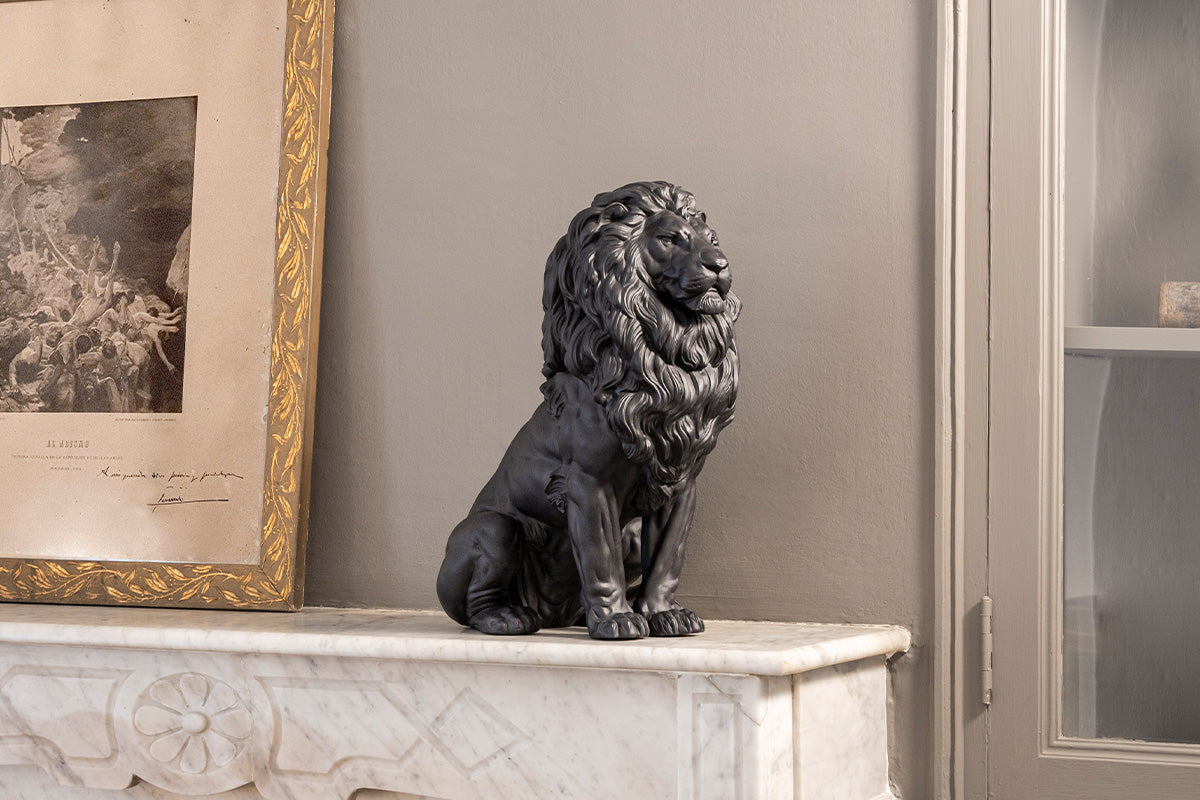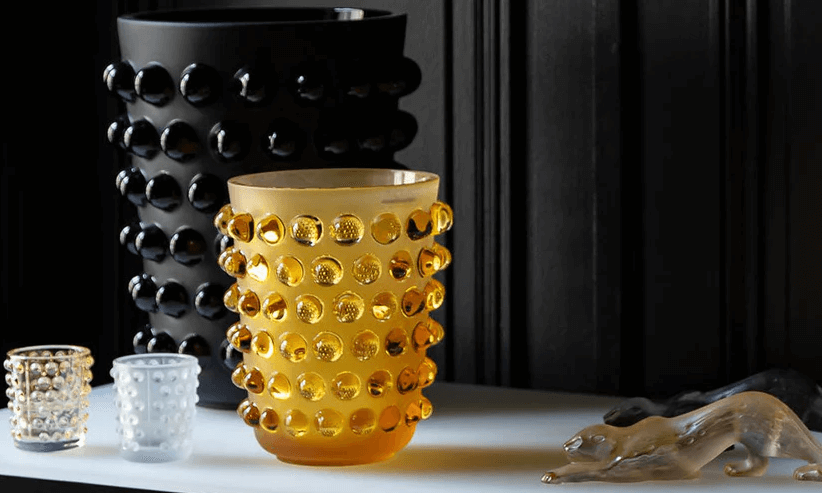Dazzle Camouflage: Hiding in Plain Sight
Share
Lladró’s Dazzle collection is an homage to the famous avant-garde camouflage pattern used extensively in World War I for ship camouflage. Lladró uses this innovative pattern on existing pieces to make a bold statement that creates a modern look with animal forms you are familiar with. These days, versions of this pattern can be seen all over the design world, from interiors architecture and design to art and fashion. But do you know where it originated from?
Dazzle Camouflage Ship from World War I
When World War I broke out, there were two main sides, the Central Powers (Germany, Austria-Hungary, Bulgaria and the Ottoman Empire) and the Allied Powers (Great Britain, France, Russia, Italy, Romania, Japan and United States of America). The German government made extensive use of submarines, mostly U-Boats, against warships.
The Allied Powers had to come up with a solution to save their troops and warships, as submarines are stealth and it’s not exactly easy to hide a warship, as typical camouflage patterns don’t work at sea, where the water and sky changes constantly and any one effort to try to hide becomes obsolete when the weather changes.
Instead of trying to conceal and hide the warships, a team of designers and professionals headed by British painter Norman Wilkinson and Edward Wadsworth, an expert in camouflage design, developed a new pattern to use on the warships, to help them hide in plain sight: the Dazzle Camouflage.
Dazzle Camouflage Ship from World War I
Dazzle camouflage, also known as “Razzle Dazzle” is a combination of contrasting linear patterns that alternate in directions and intercept each other to create linear patterns, or stripes. The usual intention of camouflage is to blend in, but in this case instead of blending in, the pattern instead draws attention. The crossing lines in the patterns are meant to confuse and make it difficult for the enemy to determine the direction and speed of the target, therefore misleading the enemy on the ship’s course and make poor target firing decisions.
The camouflage was adopted by Admiralty in the United Kingdom, and the United States Navy. Each ship had a unique pattern, so it is difficult for the enemy to identify where the ships are from, and also makes it harder for them to draw learned conclusions over time.
This unique pattern drew attention from cubist artists such as Picasso who bragged that the pattern was inspired by the cubism movement. In modern day life, the pattern is still used by some industry facets, for example, to mask a test car during trials, so the new car’s form and design is hidden in plain sight. The Red Bull RB11 car was painted in dazzle during the 2015 Formula 1 trials, so the team does not show their aerodynamics improvements to other rival teams.
LLADRÓ’S DAZZLE COLLECTION
There are few instances where art is used to solve a a problem as the Dazzle Camouflage did, and it inspired the team at Lladró to explore and learn more about this pattern. As they started to paint pieces and achieve the Dazzle look, they came across one technicality that increased the complexity of using this design - it is difficult to paint straight lines on an irregular shaped item. The sides of the warships have even surfaces. Whereas, on the form of the macaw below, it is not easy to paint lines that look straight from every angle, because the artist has to trick the eye and correct for the irregularity of the shape of the macaw.
Dazzle Macaw Sculpture, Limited Edition. Designed by Wieki Somers.
Macaws are perhaps the most recognisable birds in the parrot family, although this artistic version, the Dazzle Macaw porcelain sculpture isn’t as colourful. This limited edition sculpture is limited to 500 pieces.
The Dazzle camouflage is proof that art can be used to solve problems in an interesting, simple, and strategic manner. Just when you think every avenue has been thought of, creative thinking can push the boundaries of what you think is possible and create unusual ways to overcome problems.






